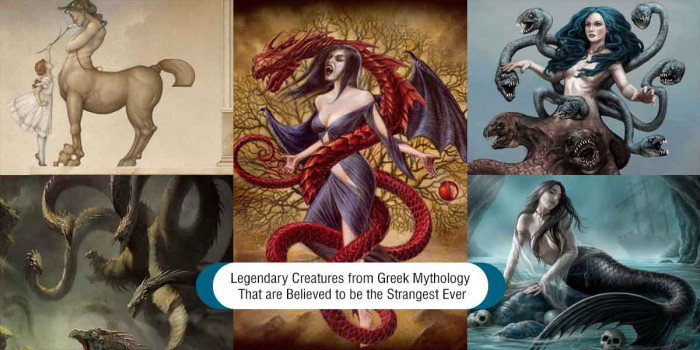10 Most Beautiful And Dangerous Animals Only Found In Russia
The diverse wildlife of Russia will take you by surprise because it consists some of the most beautiful and dangerous animals in the world. The expanse of the Russian forests touches multiple continents, hence the diverse wildlife.
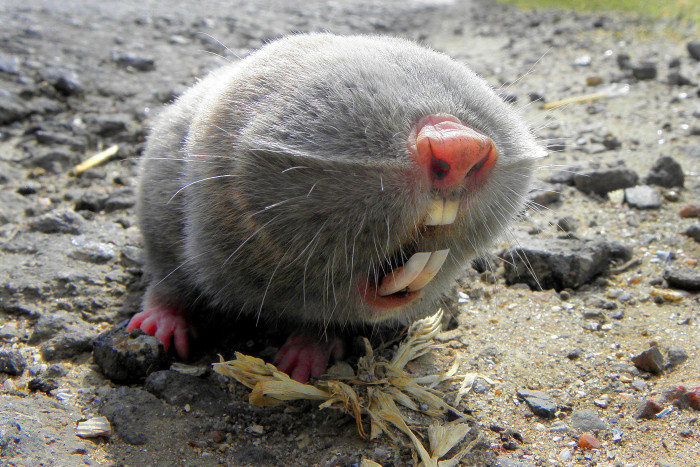
Russia, the world’s largest nation, borders European and Asian countries as well as the Pacific and Arctic oceans. Its landscape ranges from tundra and forests to subtropical beaches.
Russia contains the planet's largest expanse of forest, over eight million square kilometres of mixed woodlands that are home to rare carnivores such as tigers, bears and leopards. Russia's easternmost parts are the most biodiverse, though they also experience the harshest winters.
Regardless of the harsh climates, these animals adapt and survive. Here are 10 of those beautiful and ferocious Russian animals.
1) Catfish
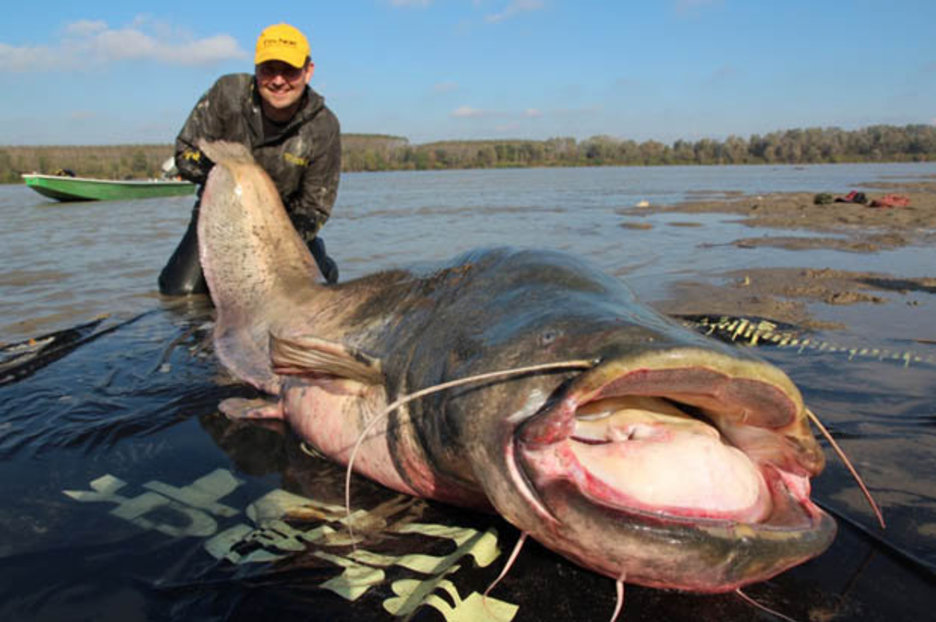
The wels catfish, also called sheatfish, is a large species of catfish native to wide areas of central, southern, and eastern Europe, in the basins of the Baltic, Black, and Caspian Seas.
This fish can reach a length of 5 meters (16 feet) and a weight of 360 kilograms (793 lbs). Of course, such giants are rare. Even so, if you encounter one, the process of pulling it out of the water becomes a veritable battle.
2) The Snow Sheep
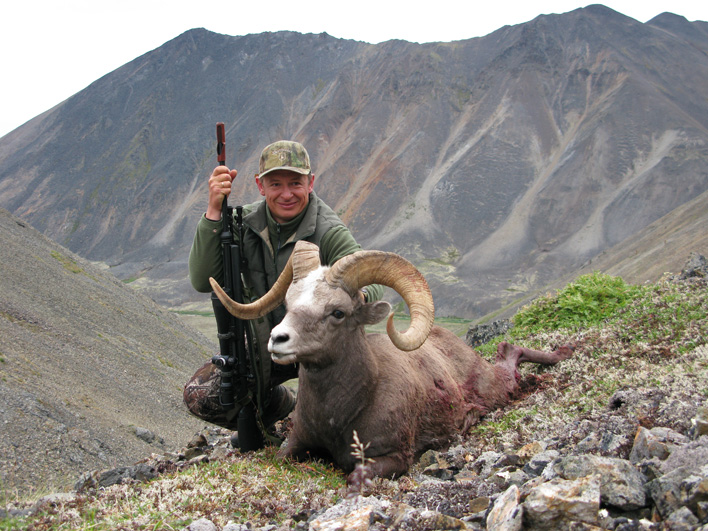
This russian animal is a cousin to the cute and cuddly sheeps but is exactly the opposite. The snow sheep, or Siberian bighorn sheep, is a species of sheep from the mountainous areas in the northeast of Siberia. The snow sheep is most closely related to the North American bighorn sheep and Dall's sheep.
3) Wolverine
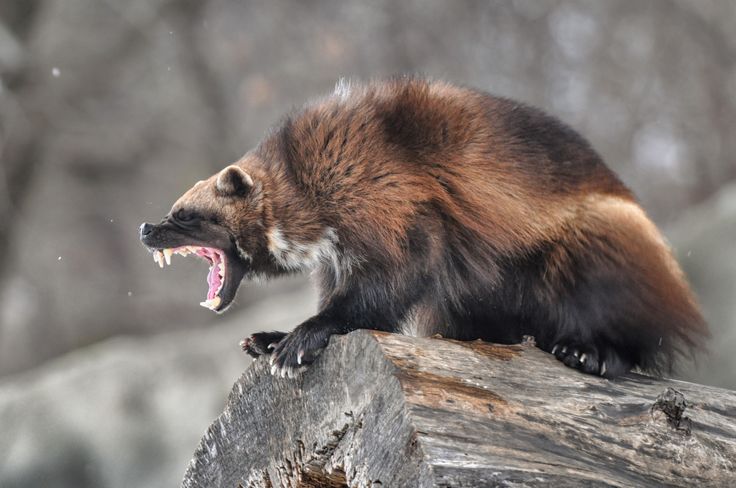
The wolverine, also referred to as the glutton, carcajou, skunk bear, or quickhatch, is a mix between a bear cub and a dog. It is a stocky and muscular carnivore, more closely resembling a small bear than a weasel.
The wolverine, a solitary animal, has a reputation for ferocity and strength out of proportion to its size, with the documented ability to kill prey many times larger than itself. The wolverine tears up the carcass, and hides pieces in various places and will not leave the area until it has eaten everything, including the bones.
The wolverine is one of few animals that cannot be tamed even if several generations live in captivity. The wolverine avoids man and attacks only in extreme cases.
4) Karakurt Spider
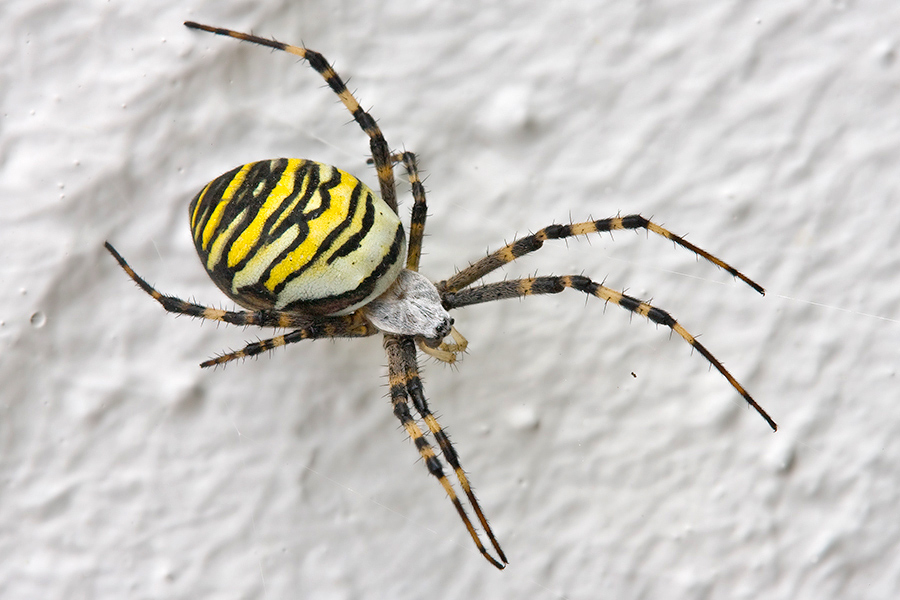
The Karakurt is among the 10 most dangerous spiders on Earth and is encountered in Russia’s Astrakhan Region. Throughout the Central Asia and Eastern Slavic region, the name karakurt is most often applied. The words kara, meaning "black", and kurt, meaning "wolf"
Karakurt Spider sometimes known as the Mediterranean black widow, the European black widow, or the steppe spider, is a species in the genus Latrodectus (widow spiders). It is commonly found throughout the Mediterranean region, ranging from southern Iberia to southwest and central Asia, hence the name.
5) Red Squirrels
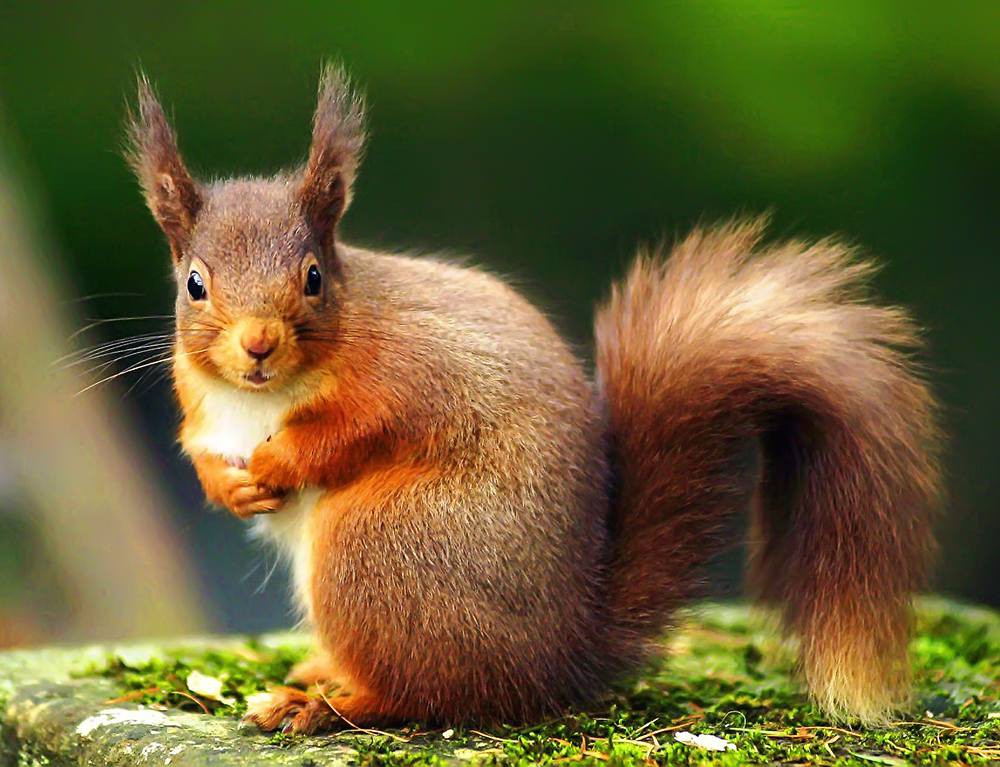
The red squirrel or Eurasian red squirrel is a species of tree squirrel common throughout Eurasia. The red squirrel is an arboreal, omnivorous rodent.
Red Squirrels are common in larch forests, eating conifer seeds. Siberian chipmunks similarly thrive on seeds and insects. Eurasian flying squirrels live along streams in dense forests in Northeastern Russia. They feed at night on buds of birch, alder and conifers.
6) Tick
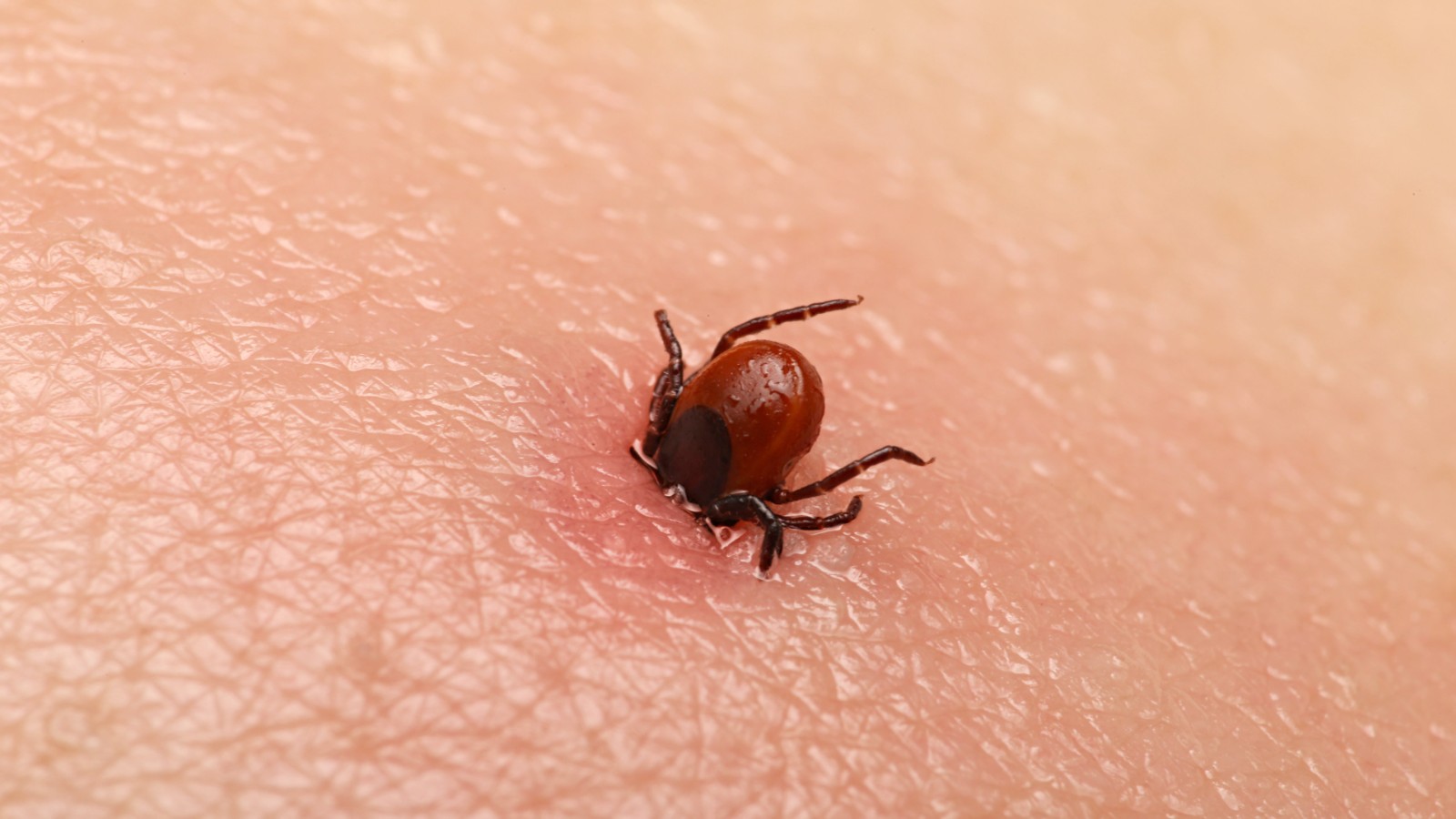
Ticks are small arachnids, part of the order Parasitiformes. The Ticks are related to mites. Ticks are ectoparasites (external parasites), living by feeding on the blood of mammals, birds, and sometimes reptiles and amphibians. Ticks are widely distributed around the world, especially in warm, humid climates.
They live mostly along footpaths and animal trails where a large animal or a human being might pass. In most cases, the tick burrows into the skin near the head and neck and plunges its probe into the skin to reach the blood vessels.
7) The Lynx
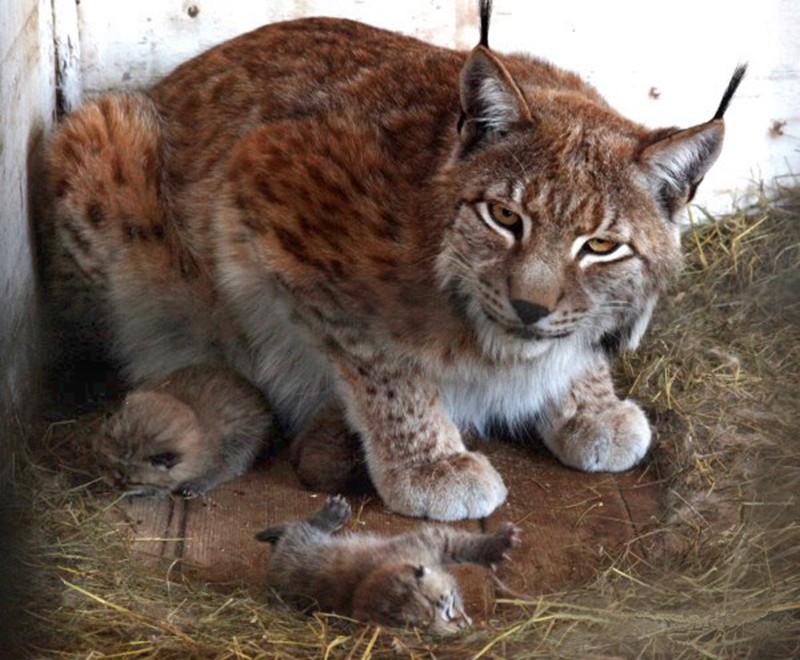
The lynx is a solitary cat that haunts the remote northern forests of North America, Europe, and Asia. Lynx are covered with beautiful thick fur that keeps them warm during frigid winters. Their large paws are also furry and hit the ground with a spreading toe motion that makes them function as natural snowshoes.
This northernmost feline can be the size of a big dog. In Russia, 90 percent of the lynx population lives in Siberia. The beast is most dangerous if you forget to look up into the trees because you are engrossed in picking mushrooms or berries.
8) Common Northern Viper
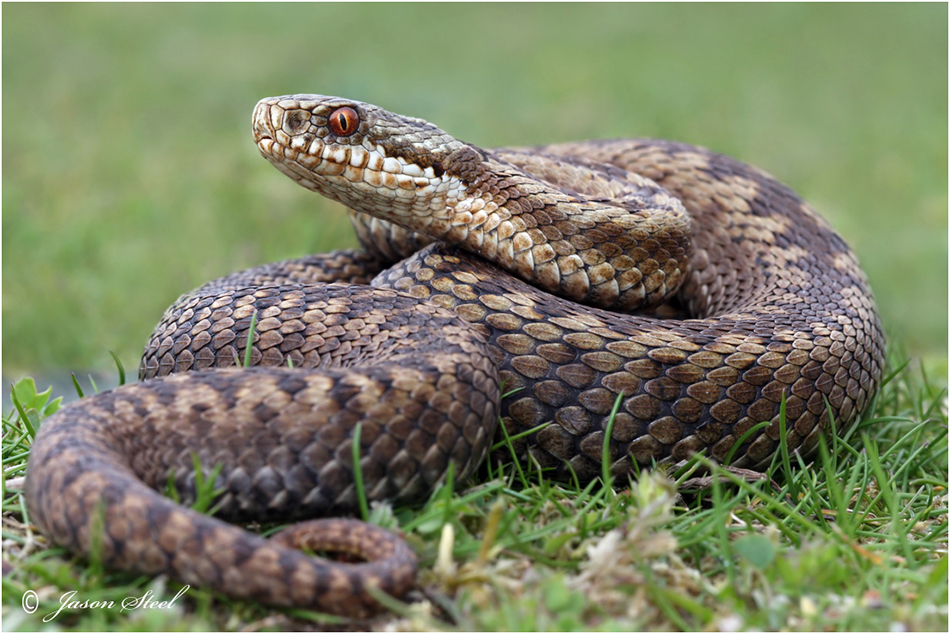
Vipera berus or common European viper, is a venomous snake that is extremely widespread and can be found throughout most of Western Europe and as far as East Asia.
It was the bite of the common viper that killed the legendary Prince Oleg, one of the founders of the Old Russian state. Modern medicine could, of course, have saved him. The viper’s venom can kill a small person, but it is not lethal to a healthy person weighing over 60 kilograms (132 lbs), especially if he has antihistamine drugs in his pocket.
9) The Russian Mole-Rat
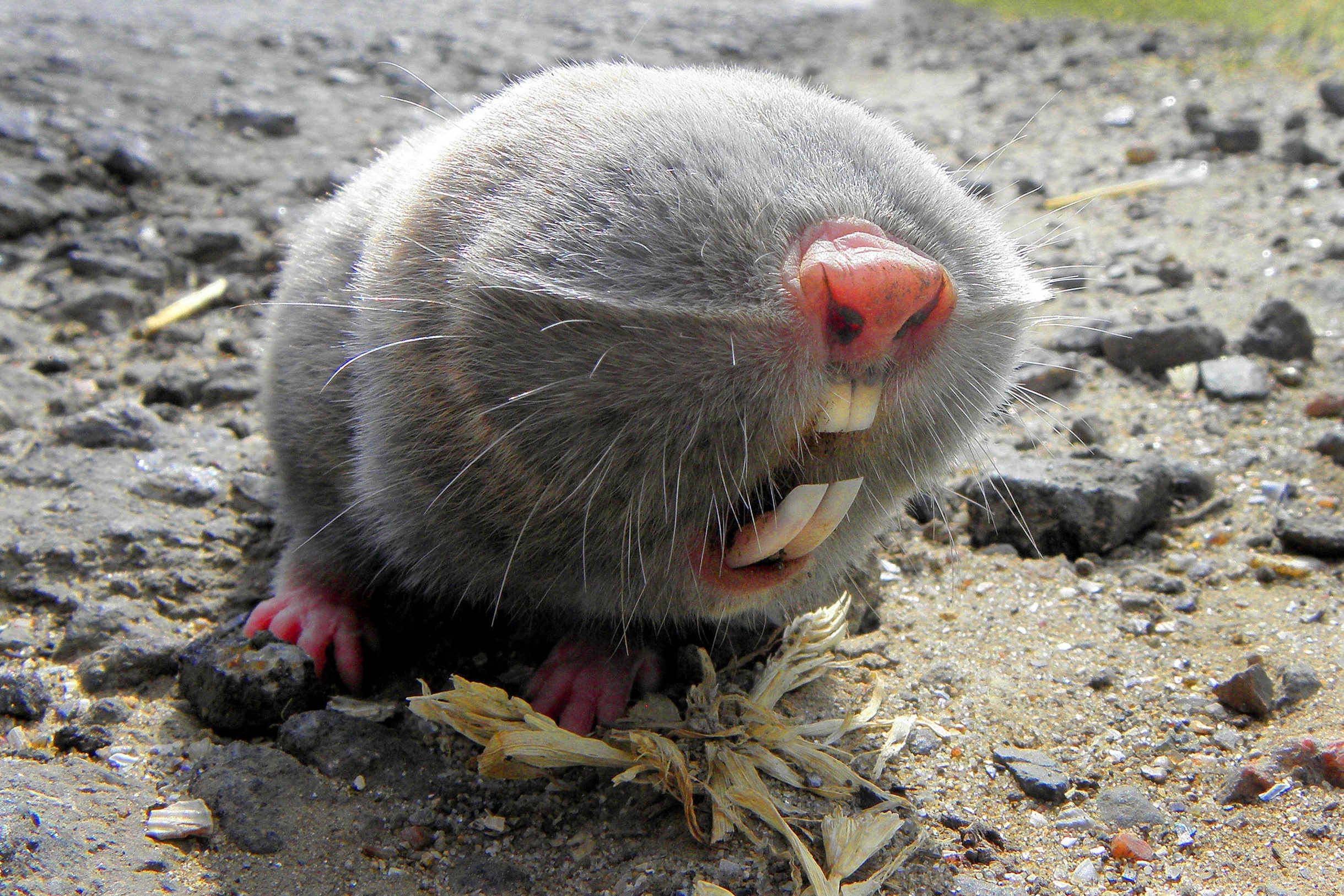
The giant mole-rat or Russian mole-rat (Spalax giganteus) is a species of rodent found in a limited area of Kazakhstan and southern Russia. It feeds on roots and tubers and lives underground in a burrow that it digs with its teeth.
10) Bohemian Waxwing
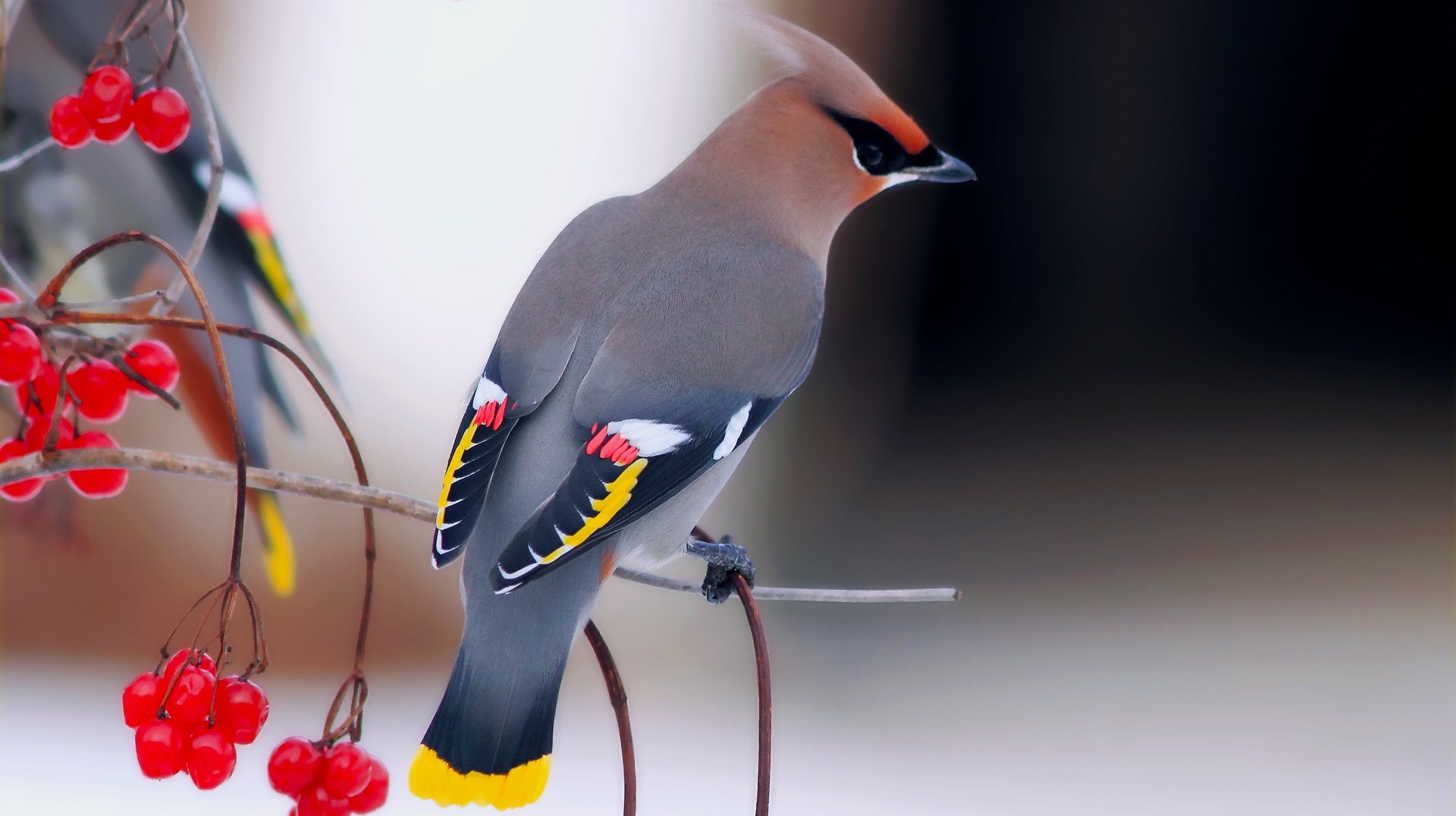
The Bohemian waxwing (Bombycilla garrulus) is a starling-sized passerine bird that breeds in the northern forests of Eurasia and North America. It has mainly buff-grey feathers, black face markings and a pointed crest. Its wings are patterned with white and bright yellow, and some feather tips have the red waxy appearance that give this species its name ‘Waxwing’.
Popular Posts
10 Biggest Water Dinosaurs & Sea Monsters Ever Found in Archaeology
The present-day ocean is certainly a scary place where giant sharks, whales, squids, barracuda, and numerous other marine creatures live.
Kimberly Campbell
6 Amazing Things We Should Learn From Camel Feet
Camels are a kind of mammals with the humped back, long legs, and lipped snout. They were domesticated nearly 3000 years ago are still used for transportation.
Kimberly Campbell
80 Most Popular Long Neck Dinosaurs Ever Recorded in History
Do you know the largest creatures ever walk on the earth were the long tailed and long neck dinosaurs which were called as Sauropods?
Kevin Green






